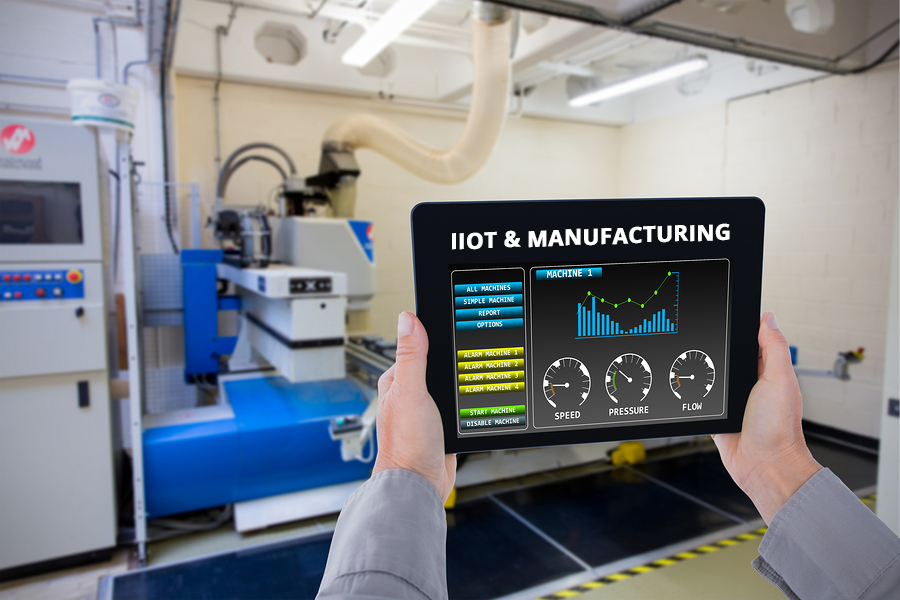By now, you’re probably familiar with the booming Industrial Internet of Things (IIoT) and all the innovation potential it holds. IIoT solutions exist for just about everything in the manufacturing world — from automating simple assembly line processes to monitoring freight material status and much more. But perhaps the biggest opportunity for IIoT devices is a much simpler, less flashy application: machine maintenance.
The importance of maintenance
Machine maintenance tops the list of priorities for many production supervisors. A well-maintained machine is one that avoids inefficiencies and breakdowns as well as one that keeps the production line moving. Most important, however, proper machine maintenance lends itself to a better overall return on investment due to more consistent production output over a longer machine life. It’s not an understatement to say that proper machine maintenance is paramount.
How IIoT devices fit in
IIoT devices offer manufacturers the unique ability to cover gaps in their machine maintenance schedules that might otherwise lead to inefficiencies, downtime, or complete failure. For example, manufacturers in your facility might check their machines’ hydraulic pressure at the beginning of each shift to make sure it’s within proper range. But what happens if pressure begins to slowly drop during a shift and they don’t recognize it until the start of the next cycle? You risk not only a failing piece of equipment but also a suspect product if the problem goes unnoticed.
IIoT solutions are quickly becoming the answer to these types of problems. In this scenario, setting up a simple smart sensor configured to detect pressure offers an instant solution. As soon as hydraulic pressure drops, it triggers the device’s sensor and communicates an update to your maintenance supervisors. They can quickly assess and resolve the problem with minimal downtime.
The many advantages of IIoT devices
The solutions IIoT devices offer have been around for decades, but they never had the technological freedom that exists today. Old legacy systems often required machines to be hardwired or to exist within a closed program ecosystem. Today’s IIoT devices offer incredible flexibility that allows manufacturers to keep costs low without compromising on their efficacy. Examples include:
 Smart sensor integration into all types of management software.
Smart sensor integration into all types of management software.- Cloud-based alerting that allows for information relay to off-site personnel or to other facilities in the network.
- Connectivity to other devices, enabling extended automation and alert chains.
- Highly customizable capabilities, fitting the needs of maintenance and management personnel.
Each of these variables results in money savings through smarter maintenance. Devices can alert managers before failures occur, mitigating major repair costs and avoiding lost revenue from downtime. They can also cut labor costs by only alerting appropriate personnel. In addition, cloud computing enables automated record-keeping, allowing facilities managers to pinpoint chronic issues and adjust production standards. The cost-saving benefits continue to trickle down from IIoT innovations.
Realizing the power of the IIoT
As manufacturing enters its fourth industrial revolution with the IIoT, it’s important for maintenance supervisors and facilities managers to explore technologies that contribute to their businesses’ core operations. For any manufacturer, this means assisting in proper machinery maintenance. Alongside existing innovations like predictive maintenance and proven maintenance standard operating procedures (SOPs), IIoT devices could be the missing link to a comprehensive maintenance approach that helps keep your production outputs high and maintenance expenses low.
